Smooth-Coated Otter
- March 21, 2024
- 0 comment
The smooth-coated otter, scientifically known as Lutrogale perspicillata, is a captivating aquatic mammal found across the freshwater ecosystems of Asia. Known for its sleek appearance and graceful swimming skills, this otter species boasts a short and dense coat that lacks the water-repellent properties found in other otter species. Typically ranging from 70 to 90 centimeters in length, excluding its tail, and weighing between 7 to 11 kilograms, the smooth-coated otter is among the larger members of the otter family. Its coat varies in color from dark brown to almost black, with lighter shades on its underbelly. These otters are highly adaptable and can be found in various habitats, including rivers, lakes, marshes, and mangrove swamps, across countries such as India, Bangladesh, Nepal, Thailand, and Indonesia.
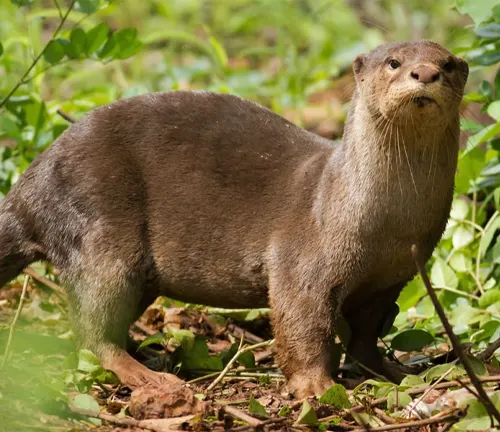
As opportunistic carnivores, they primarily feed on fish but also consume crustaceans, amphibians, and occasionally small mammals and birds. Social animals by nature, smooth-coated otters live in extended family groups called rafts, where they engage in activities such as grooming, playing, and hunting together. Despite their widespread distribution, smooth-coated otters face threats such as habitat loss, pollution, and human disturbance, leading to their classification as vulnerable by the International Union for Conservation of Nature (IUCN). Through conservation efforts aimed at protecting their habitats and raising awareness about their ecological importance, there is hope for the continued survival of these charismatic creatures in the wild.
Smooth-Coated Otter Characteristics
| Specification | Details |
|---|---|
| Scientific Name | Lutrogale perspicillata |
| Common Name | Smooth-coated Otter |
| Average Length | 70 – 90 centimeters (excluding tail) |
| Average Weight | 7 – 11 kilograms |
| Coat Color | Dark brown to almost black, lighter underbelly |
| Habitat | Freshwater ecosystems, including rivers, lakes, marshes, and mangrove swamps |
| Distribution | South and Southeast Asia, including India, Bangladesh, Nepal, Thailand, and Indonesia |
| Diet | Primarily fish, supplemented by crustaceans, amphibians, and occasionally small mammals and birds |
| Social Structure | Live in extended family groups called rafts |
| Conservation Status | Vulnerable (IUCN Red List) |
| Threats | Habitat loss, pollution, human disturbance |
| Conservation Efforts | Habitat protection, restoration initiatives, raising awareness |
Graceful Swimmers of the Waterways
Welcome to the fascinating world of the smooth-coated otter! These sleek creatures, known scientifically as Lutrogale perspicillata, are among the most enchanting inhabitants of freshwater ecosystems across Asia. From their distinctive physical features to their intricate social dynamics, smooth-coated otters never fail to captivate both scientists and nature enthusiasts alike.
Physical Characteristics
Size and Weight
Smooth-coated otters exhibit a range of sizes and weights, with adults typically measuring between 70 to 90 centimeters in length, excluding their tail, which can add an additional 45 to 60 centimeters. In terms of weight, these otters usually weigh between 7 to 11 kilograms. The variation in size and weight among individuals may be influenced by factors such as genetics, habitat quality, and availability of prey.
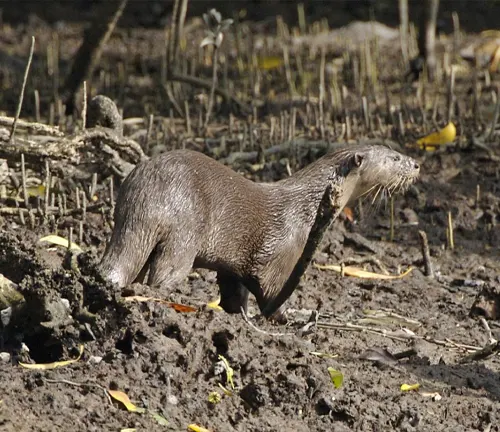
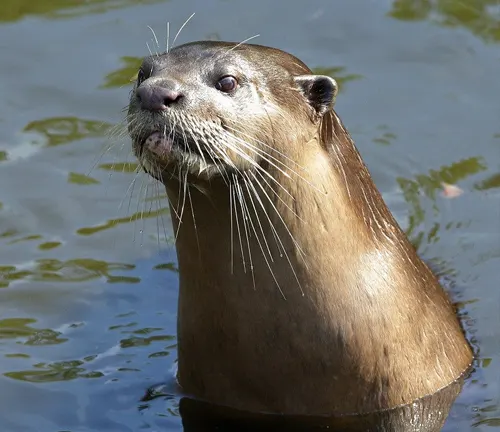
Coat and Color
The coat of the smooth-coated otter is dense and sleek, providing insulation and buoyancy in the water. The coloration of their fur ranges from dark brown to almost black, with lighter shades on their underbelly. This coloration helps camouflage them in their aquatic habitats, making them less visible to potential predators and prey.
Habitat and Distribution
Preferred Habitat
Smooth-coated otters are predominantly found in freshwater habitats such as rivers, lakes, marshes, and mangrove swamps. They are highly adaptable animals, capable of thriving in various aquatic environments, from fast-flowing rivers to calm backwaters and estuaries. These otters prefer areas with abundant vegetation along the water’s edge, providing cover for resting and denning sites.
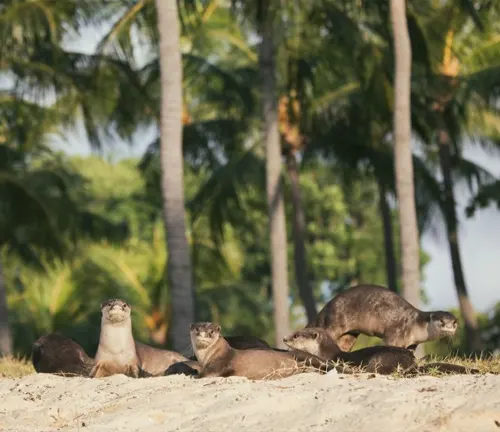
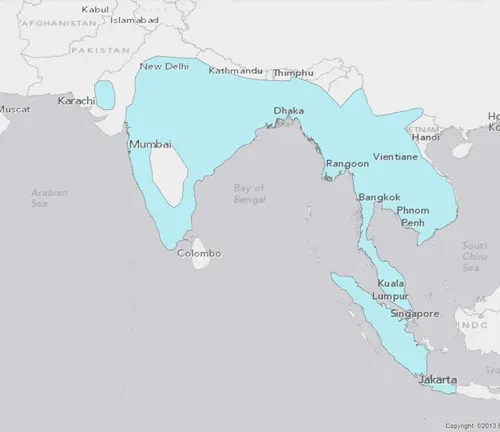
Geographical Distribution
Smooth-coated otters have a wide distribution across South and Southeast Asia, encompassing countries such as India, Bangladesh, Nepal, Thailand, and Indonesia. Within these regions, they inhabit both natural and human-altered landscapes, including urban areas with suitable water bodies. However, their distribution may be patchy, with populations becoming increasingly fragmented due to habitat loss and degradation.
Diet and Feeding Habits
Dietary Preferences
Smooth-coated otters are opportunistic carnivores, feeding primarily on fish. Their diet also includes a variety of other aquatic prey, such as crustaceans, amphibians, mollusks, and occasionally small mammals and birds. Their ability to consume a wide range of prey species reflects their adaptability and resourcefulness in exploiting available food sources.
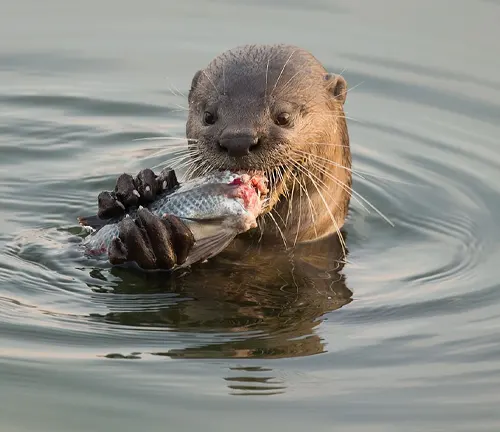
Hunting Techniques
Smooth-coated otters employ a combination of hunting techniques to capture their prey. They are skilled divers and swimmers, capable of navigating underwater with agility and precision. When hunting fish, otters use their keen senses to detect movements and vibrations in the water, allowing them to locate and pursue their prey effectively. They may also use their dexterous paws to probe crevices and overturn rocks in search of hidden prey.
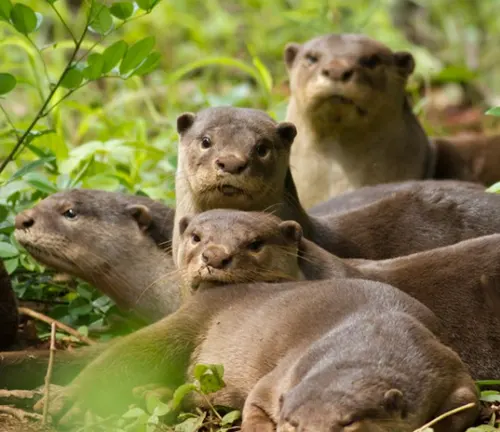
Group Hunting
Smooth-coated otters are social animals, often hunting in groups called rafts. Group hunting allows them to cooperatively locate, chase, and capture prey more efficiently. By working together, otters can encircle schools of fish or coordinate their movements to drive prey towards shallow waters where they are easier to catch.
Foraging Behavior
In addition to hunting in water, smooth-coated otters are also adept foragers on land. They may search for prey along the banks of rivers and lakes, scavenging for insects, small mammals, or fruits and vegetation. Their versatile foraging behavior enables them to exploit a variety of food resources depending on seasonal availability and local conditions.
Feeding Strategies
Smooth-coated otters exhibit diverse feeding strategies tailored to different prey types. When hunting fish, they may use their sharp teeth to grasp and swallow their catch whole, or tear it into smaller pieces for consumption. With crustaceans and mollusks, otters may use their strong jaws to crush shells and extract the soft flesh inside.
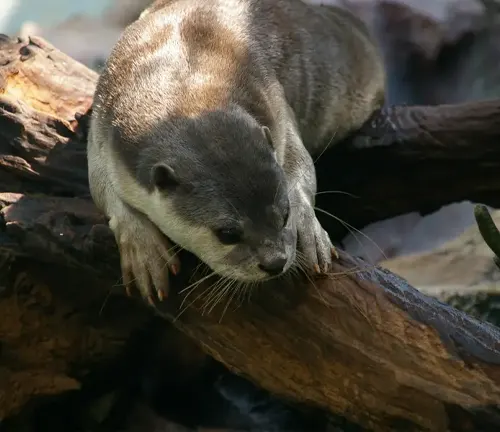
Reproduction and Life Cycle
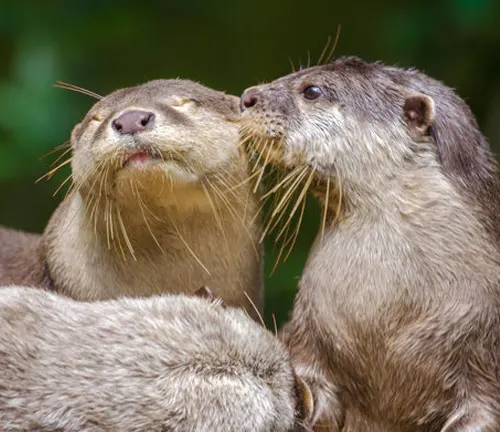
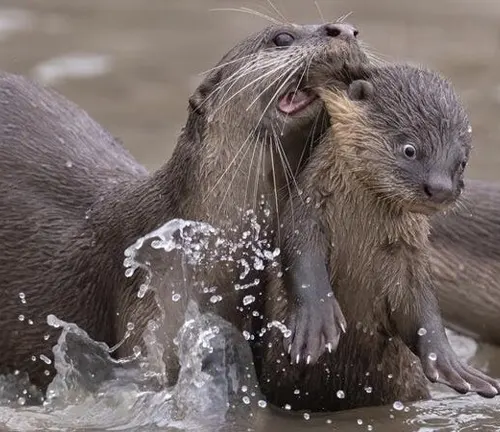
- Mating Behavior
Smooth-coated otters typically mate during the dry season when water levels are lower, making it easier for them to establish dens and raise their young. Mating behavior often involves elaborate courtship rituals, with males competing for the attention of females through displays of strength and agility. Once a pair forms a bond, they may engage in playful activities and grooming behaviors as part of their courtship. - Gestation and Birth
After a successful mating, female otters undergo a gestation period of approximately 60 to 70 days before giving birth to a litter of pups. The size of the litter can vary but typically ranges from one to five pups. Births often occur in underground dens situated along riverbanks or in dense vegetation, providing shelter and protection for the vulnerable newborns. - Parental Care
Smooth-coated otters exhibit strong parental instincts, with both parents actively involved in caring for their offspring. The mother provides milk and warmth to the young pups, while the father assists in hunting for food and defending the den from potential threats. The entire otter family, including older siblings from previous litters, may participate in nurturing and protecting the newborns. - Development and Growth
Newborn otter pups are born blind and helpless, relying entirely on their parents for care and nourishment. Over the first few weeks of life, the pups’ eyesight and mobility gradually improve, allowing them to explore their surroundings and interact with their siblings and parents. As they grow, the pups learn essential survival skills such as swimming, diving, and hunting under the guidance of their parents.
Conservation Status
Threats to Survival
Smooth-coated otters face numerous threats to their existence, primarily driven by human activities. Habitat loss and degradation due to urbanization, agriculture, and infrastructure development pose significant challenges to otter populations. Pollution from industrial and agricultural runoff further contaminates their freshwater habitats, affecting water quality and prey availability. Additionally, overfishing and indiscriminate hunting pose direct threats to otter populations, leading to declines in their numbers.
Conservation Efforts
Efforts to conserve smooth-coated otters focus on habitat protection, restoration, and mitigation of human-induced threats. Conservation organizations collaborate with local communities, government agencies, and stakeholders to implement measures such as establishing protected areas, regulating fishing practices, and raising awareness about otter conservation. Research initiatives also play a crucial role in monitoring otter populations, studying their behavior, and identifying key habitats for conservation action.
Protected Areas
The establishment of protected areas and conservation reserves is essential for safeguarding critical habitats for smooth-coated otters. These protected areas provide refuge for otters and other wildlife, ensuring the preservation of their natural habitats and ecological functions. By designating specific areas as otter sanctuaries, conservationists can minimize human disturbances and create safe havens for otter populations to thrive.
Community Engagement
Engaging local communities in otter conservation efforts is vital for the long-term success of conservation initiatives. Educating communities about the importance of otters in maintaining healthy freshwater ecosystems and involving them in monitoring and conservation activities fosters a sense of stewardship and ownership over otter habitats. By working together with local stakeholders, conservationists can address human-wildlife conflicts and promote coexistence between otters and people.
Research and Monitoring
Research plays a critical role in understanding the ecology, behavior, and population dynamics of smooth-coated otters. Monitoring programs track otter populations, assess habitat quality, and evaluate the effectiveness of conservation measures. By gathering scientific data and conducting long-term studies, researchers can inform conservation strategies and adapt management practices to better protect otters and their habitats.
Different Species
Eurasian Otter
(Lutra lutra)
Found across Europe, Asia, and parts of North Africa, the Eurasian otter is known for its long, streamlined body and webbed feet, which make it an excellent swimmer.
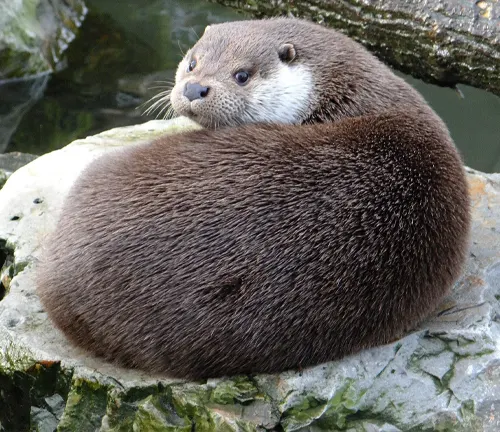
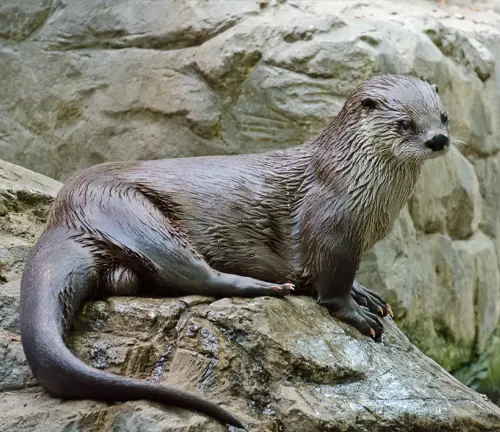
North American River Otter
(Lontra canadensis)
Inhabiting rivers, lakes, and coastal areas of North America, this otter species is characterized by its sleek, dark brown fur and playful behavior.
Giant Otter
(Pteronura brasiliensis)
Native to South America, the giant otter is the largest otter species in the world. It has a distinctive throat marking and is highly social, living in family groups.
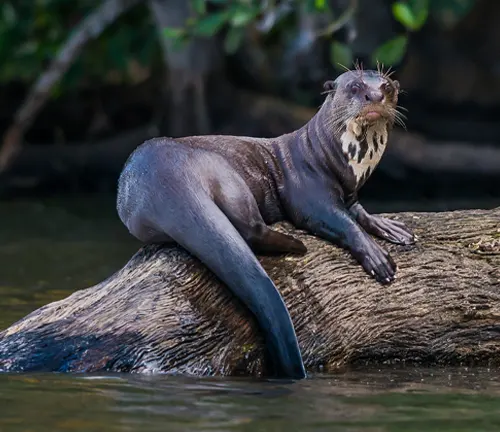
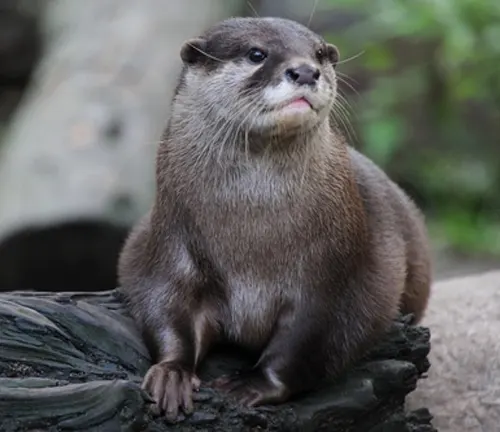
Asian Small-Clawed Otter
(Aonyx cinereus)
Also known as the Oriental small-clawed otter, this species is the smallest otter in the world. It has short, partially webbed claws and is found in freshwater habitats across Southeast Asia.
Marine Otter
(Lontra felina)
Endemic to the Pacific coast of South America, the marine otter is adapted to coastal environments and feeds primarily on marine prey such as fish, crustaceans, and mollusks.
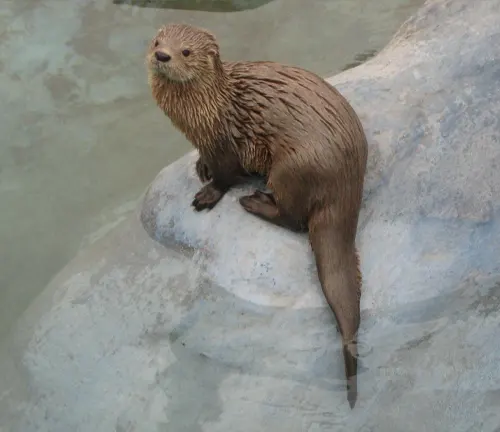
Frequently Asked Questions (FAQs)
- Are smooth-coated otters endangered?
This question addresses the conservation status of smooth-coated otters and whether they are considered endangered or threatened. - Where do smooth-coated otters live?
This question seeks information about the natural habitat and geographical distribution of smooth-coated otters. - What do smooth-coated otters eat?
This question explores the dietary habits and preferred food sources of smooth-coated otters in the wild. - How do smooth-coated otters differ from other otter species?
This question focuses on the unique characteristics and distinguishing features of smooth-coated otters compared to other otter species. - Do smooth-coated otters live in groups?
Here, the query delves into the social behavior and group dynamics of smooth-coated otters, particularly regarding their family structures. - What are the threats to smooth-coated otters?
This question examines the various challenges and dangers faced by smooth-coated otters, such as habitat loss, pollution, and human activities. - How can I help conserve smooth-coated otters?
Individuals interested in contributing to the conservation efforts for smooth-coated otters may pose this question to learn about practical actions they can take. - Are smooth-coated otters legal to keep as pets?
This question addresses the legality and ethical considerations surrounding the ownership and keeping of smooth-coated otters as pets. - Do smooth-coated otters have any predators?
This inquiry explores the natural predators and potential threats to smooth-coated otters in their native habitats. - What is the lifespan of smooth-coated otters?
This question seeks information about the typical lifespan and longevity of smooth-coated otters in both wild and captive settings.





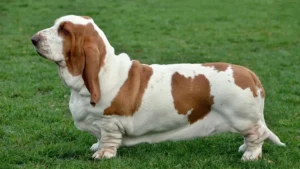


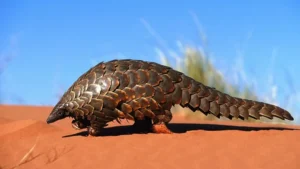

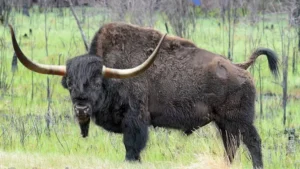


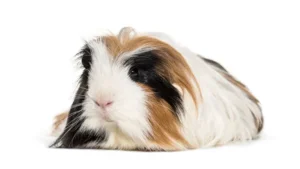
Leave your comment